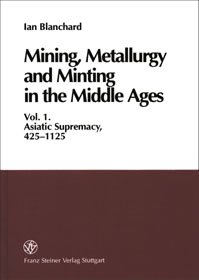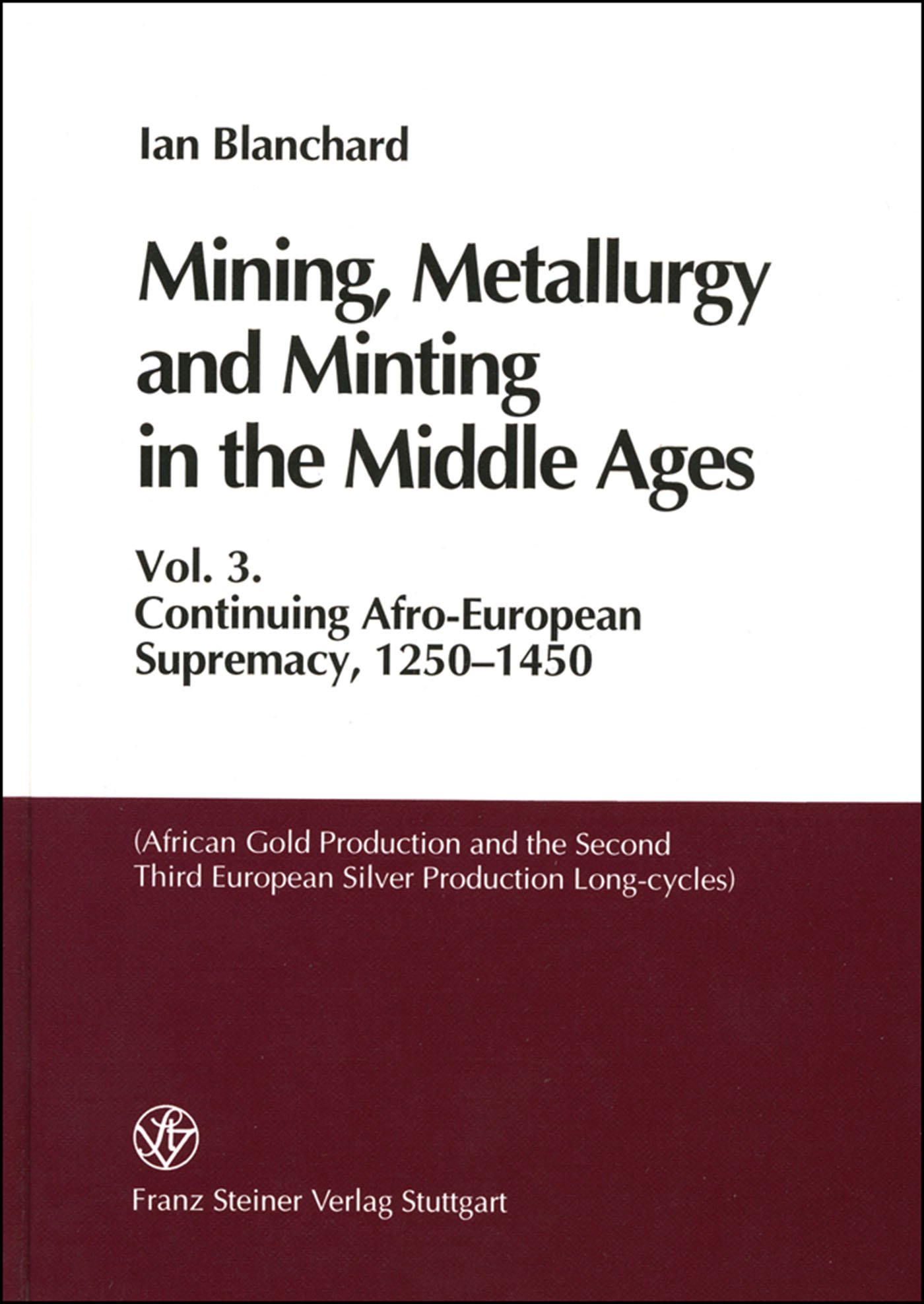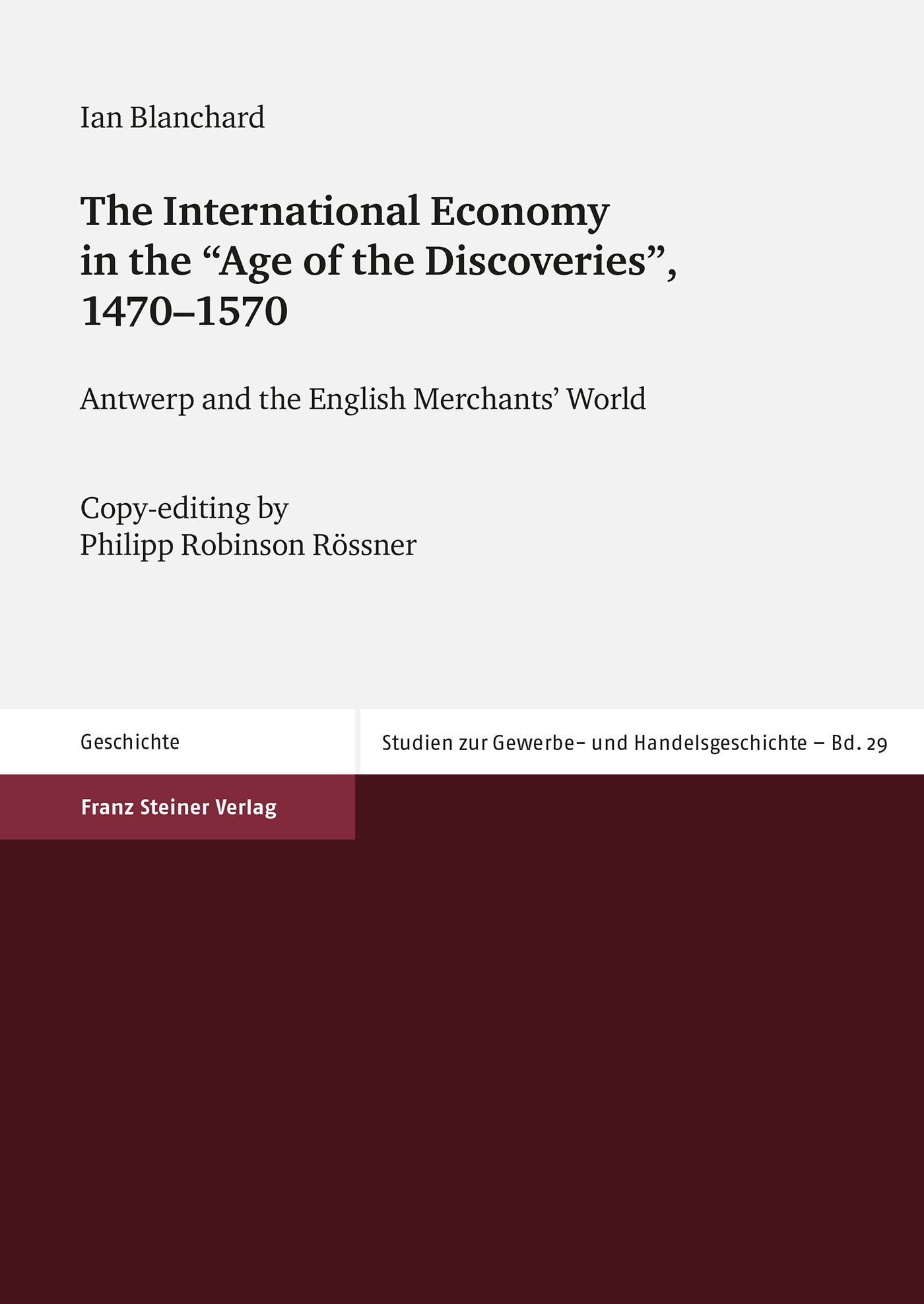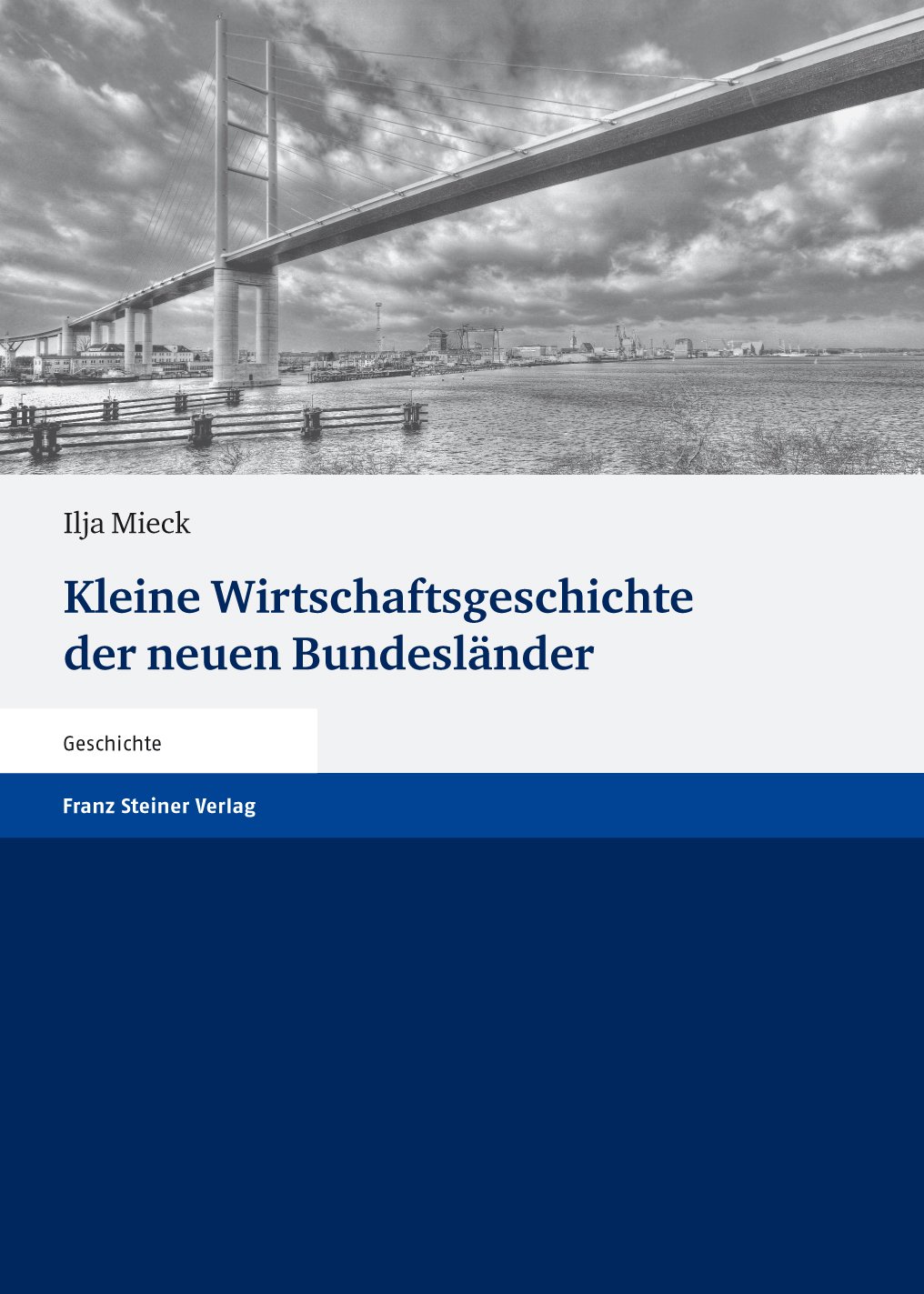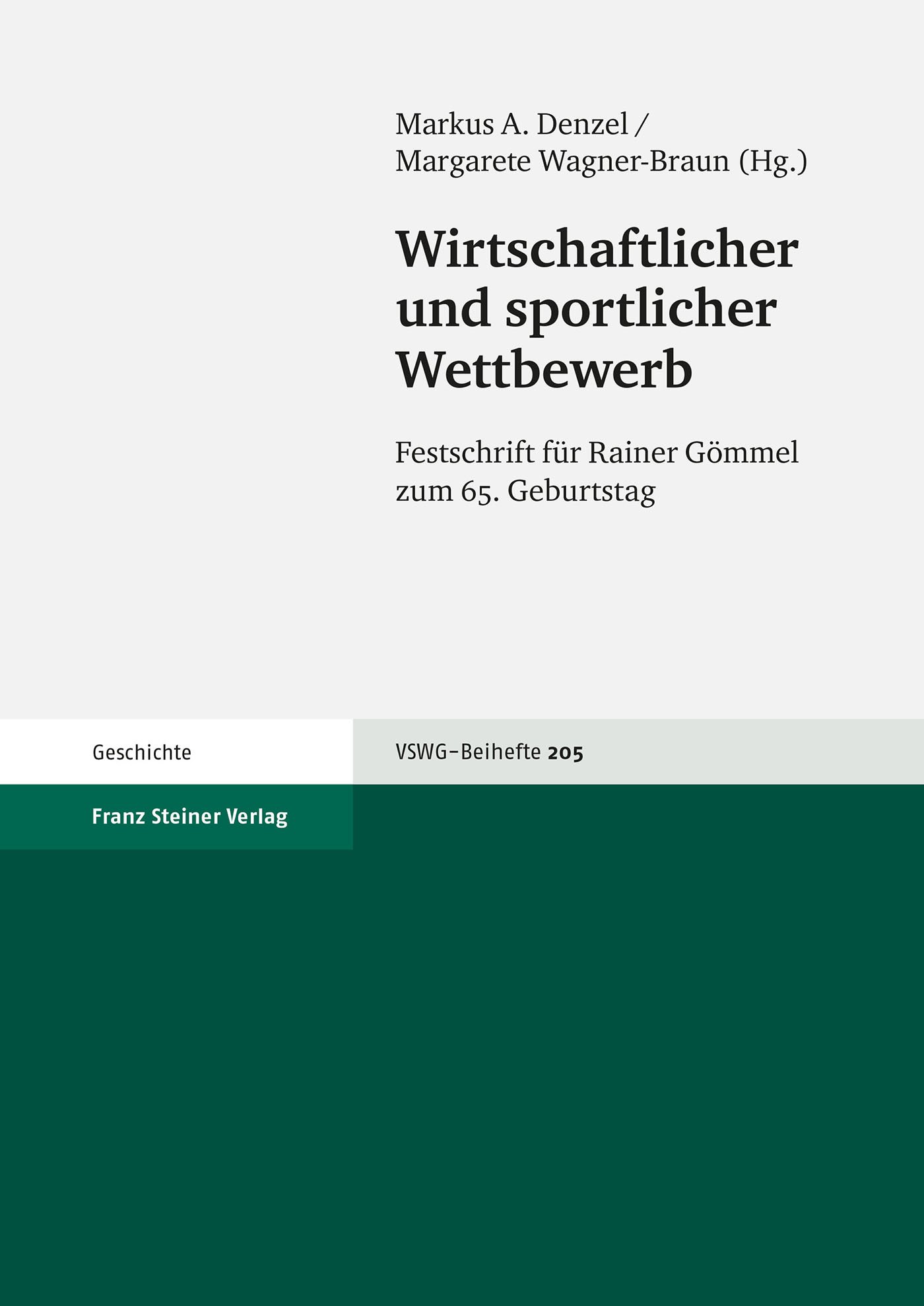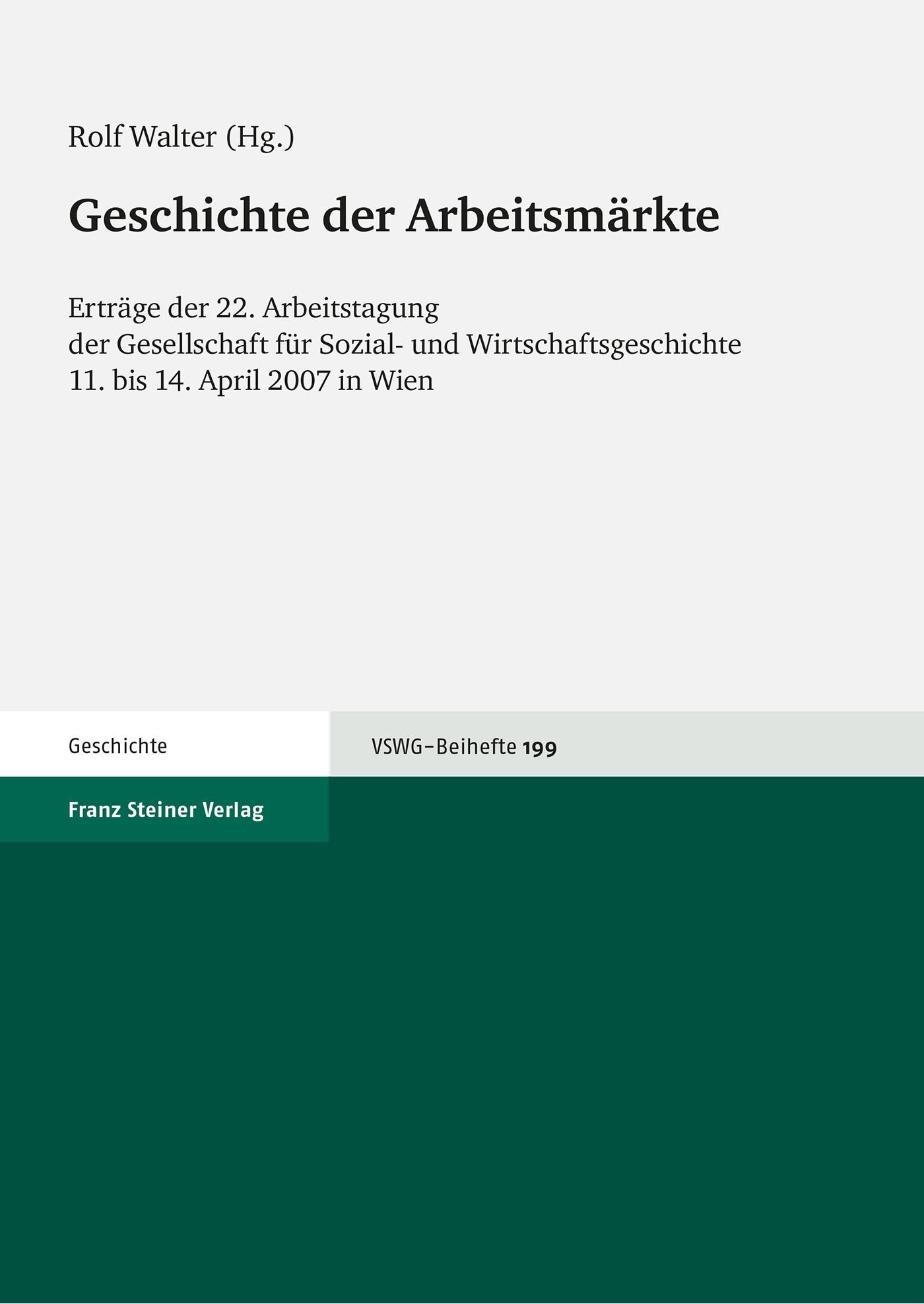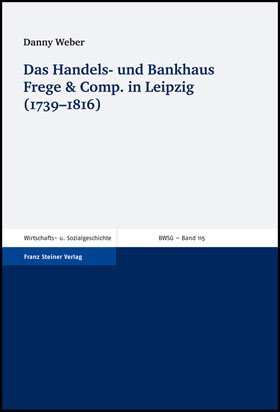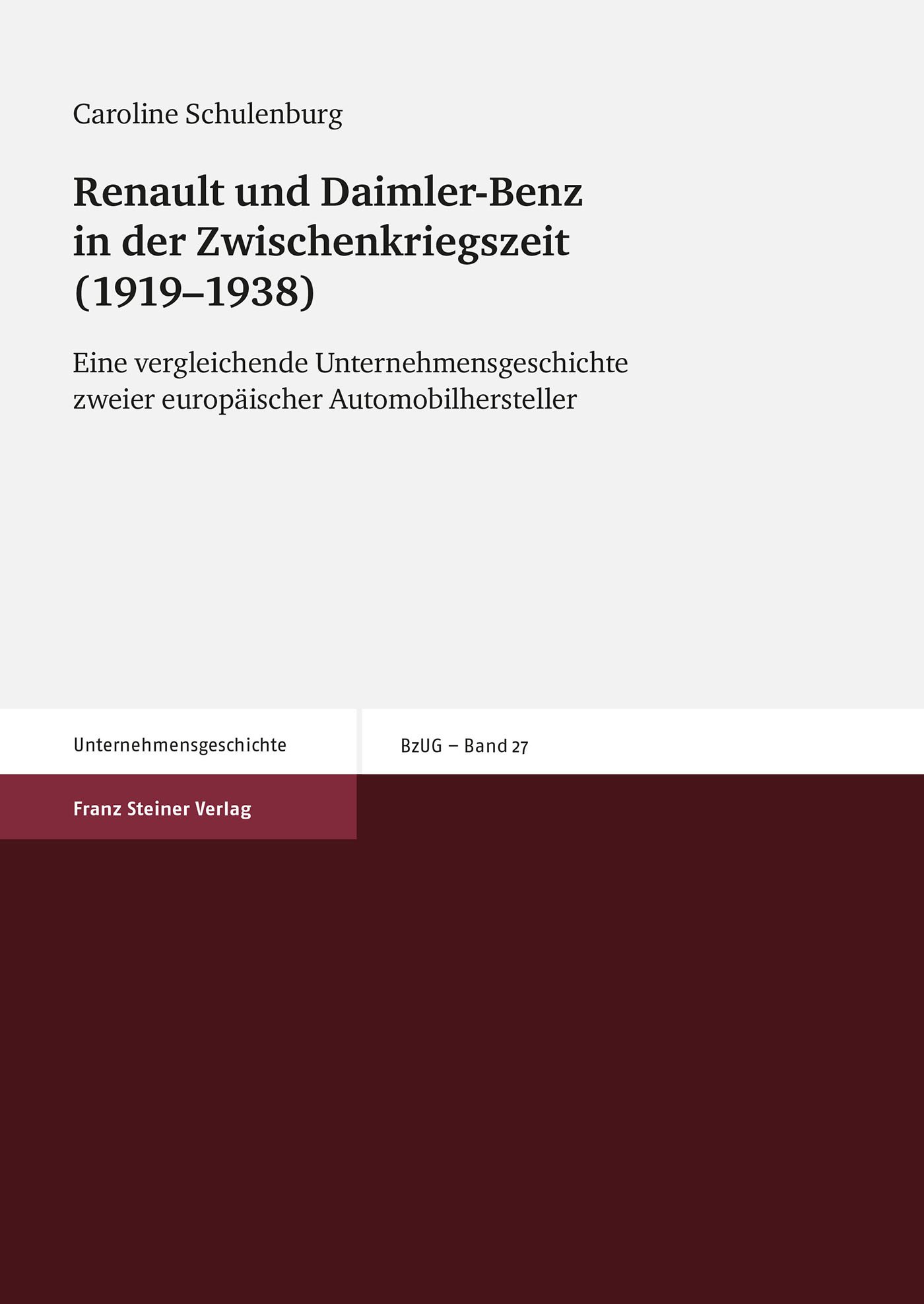Mining, Metallurgy and Minting in the Middle Ages. Vol. 1
Asiatic Supremacy, 425–1125
Mining, Metallurgy and Minting in the Middle Ages. Vol. 1
Asiatic Supremacy, 425–1125
The first of four volumes, which examine non-ferrous precious and base metal mining, metallurgy and minting in the Middle Ages, encompasses the history of these activities during the years 425–1125. It describes the shift in the focus of world precious metal production from the Western Roman Empire (–350), to the Sassanid and Byzantine Empires (350–650) and Central Asia (480–930).
Central Asia dominated for almost half a millennium world precious and base metal production, before output collapsed and an industrial diaspora caused the foci of silver and gold production to shift to Europe and sub-Saharan Africa respectively (930–1125).
Mining activity in Central Asia, 480–930 is examined in depth, as is also its impact on local society and the distribution of precious metals from there to China, India and South-east Asia, Asia Minor and, via the Trans-Pontine steppes, to Europe.
It also explores the impact of this flow of Sassanid-Islamic silver and gold on European mining and monetary systems, when that trade was at its height (560–930) and the response of the Europeans to the great “Silver Famine” occasioned by the collapse of Central Asian production (930–1125).
Central Asia dominated for almost half a millennium world precious and base metal production, before output collapsed and an industrial diaspora caused the foci of silver and gold production to shift to Europe and sub-Saharan Africa respectively (930–1125).
Mining activity in Central Asia, 480–930 is examined in depth, as is also its impact on local society and the distribution of precious metals from there to China, India and South-east Asia, Asia Minor and, via the Trans-Pontine steppes, to Europe.
It also explores the impact of this flow of Sassanid-Islamic silver and gold on European mining and monetary systems, when that trade was at its height (560–930) and the response of the Europeans to the great “Silver Famine” occasioned by the collapse of Central Asian production (930–1125).
" es gibt nun eine neue Publikation, die alles zusammenfaßt, was wir derzeit über die Grundlagen der mittelalterlichen Münzprägung wissen, über die Metallerzeugung und die Prägung. […] eine Fundgrube an interessanten Hintergrundinformationen […] Dieses Buch ist ein absolutes Muß für jeden, der sich intensiv mit mittelalterlichen Münzen und der damit verbundenen Handelsgeschichte beschäftigen will" Münzen Revue
| ISBN | 978-3-515-07958-7 |
|---|---|
| Medientyp | Buch - Gebunden |
| Auflage | 1. |
| Copyrightjahr | 2001 |
| Verlag | Franz Steiner Verlag |
| Umfang | XIV, 550 Seiten |
| Abbildungen | 18 s/w Abb., 5 s/w Tab., 76 Ktn. |
| Format | 17,0 x 24,0 cm |
| Sprache | Englisch |
